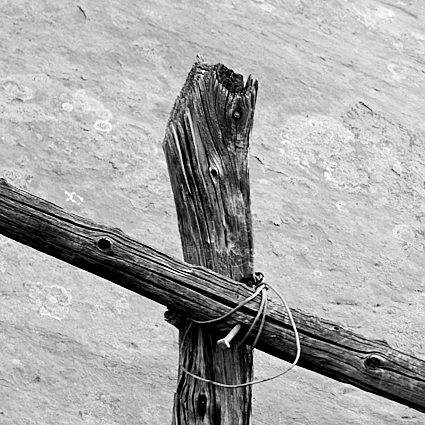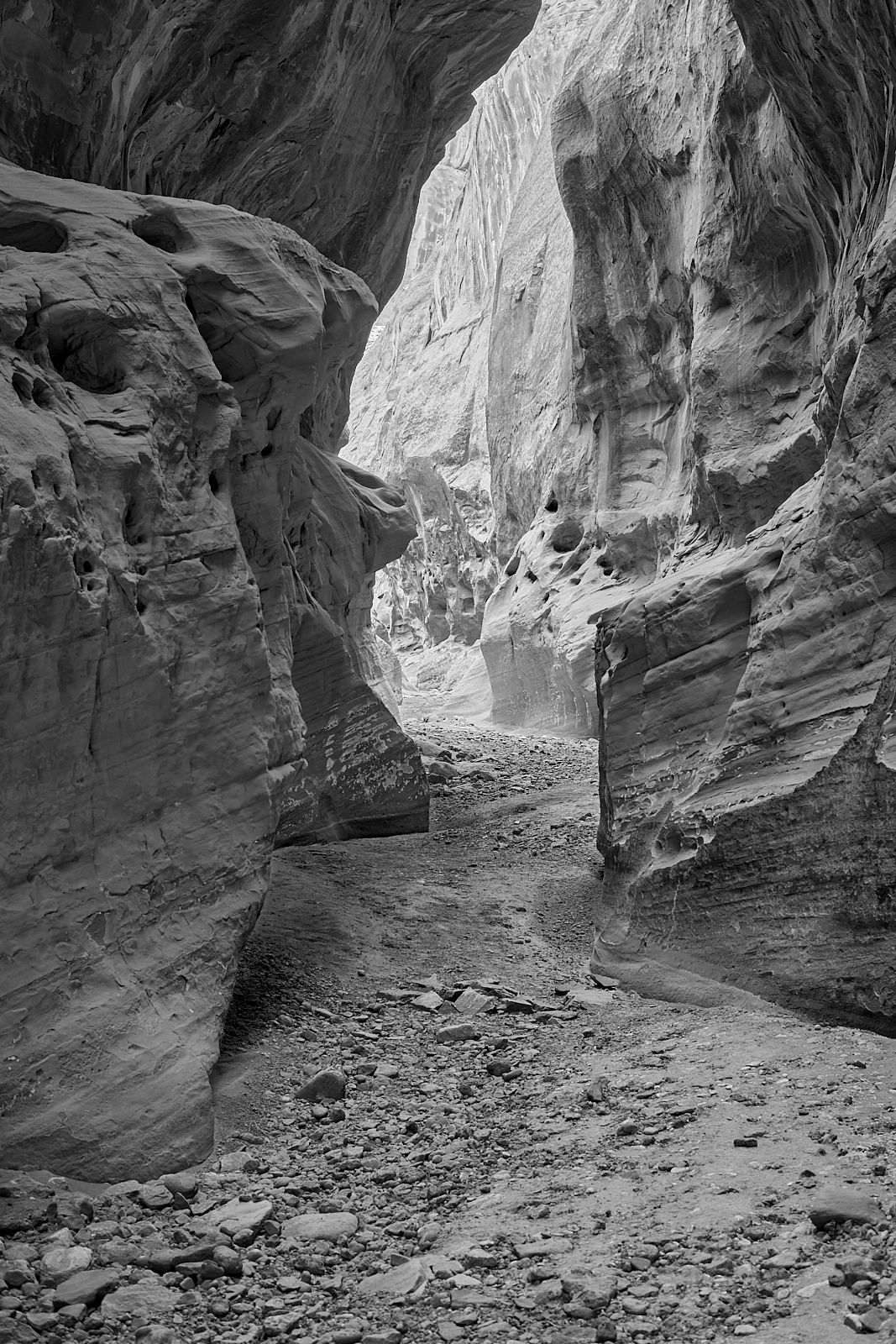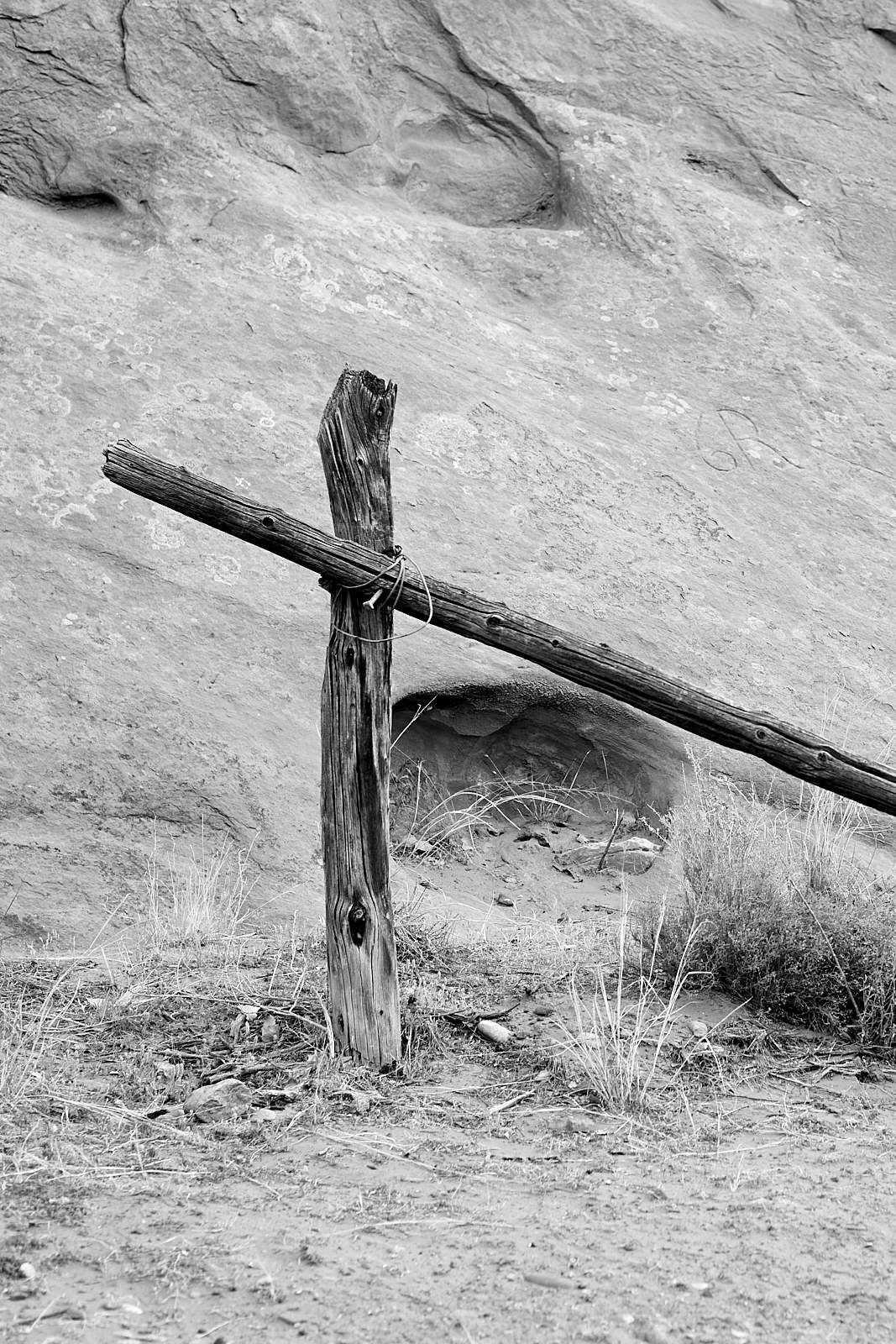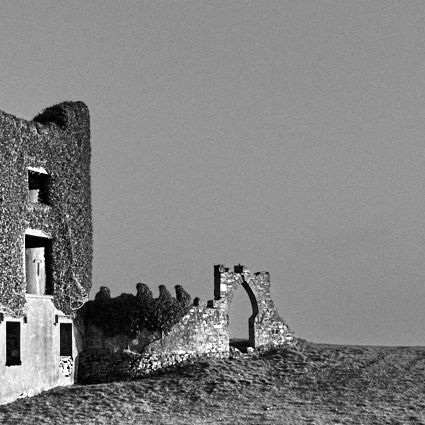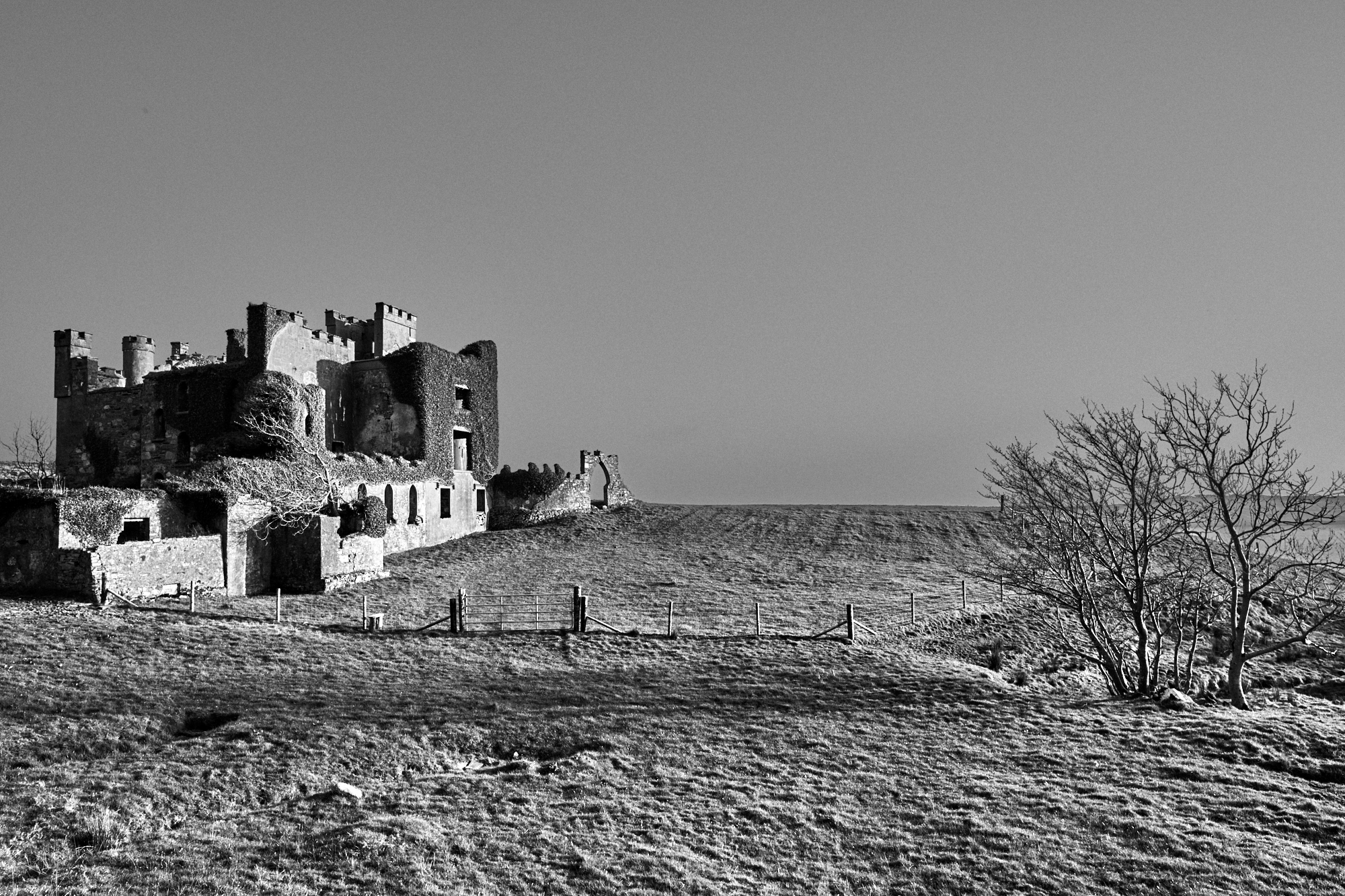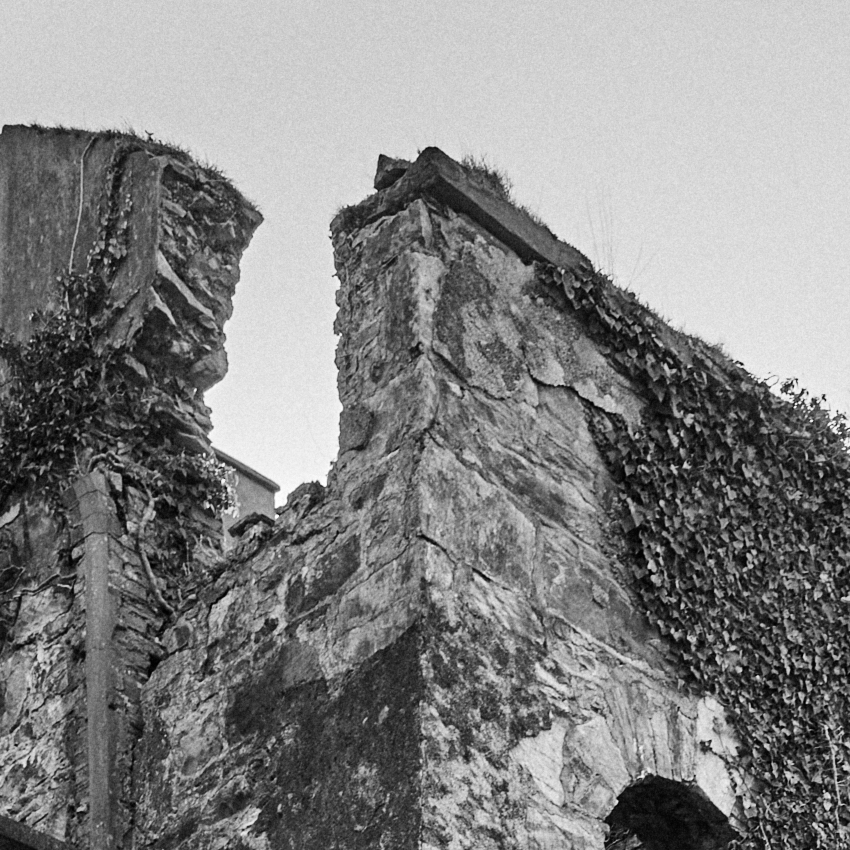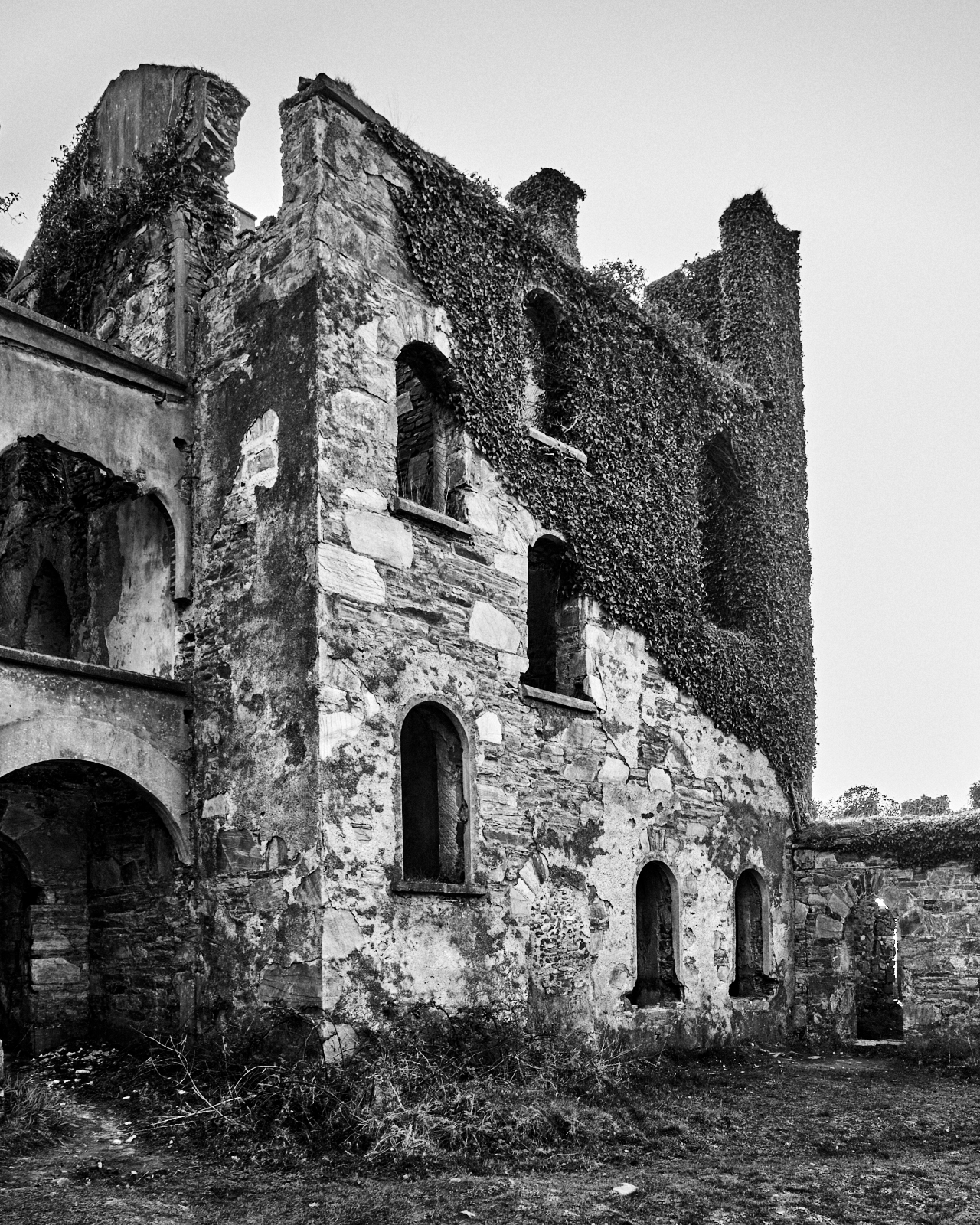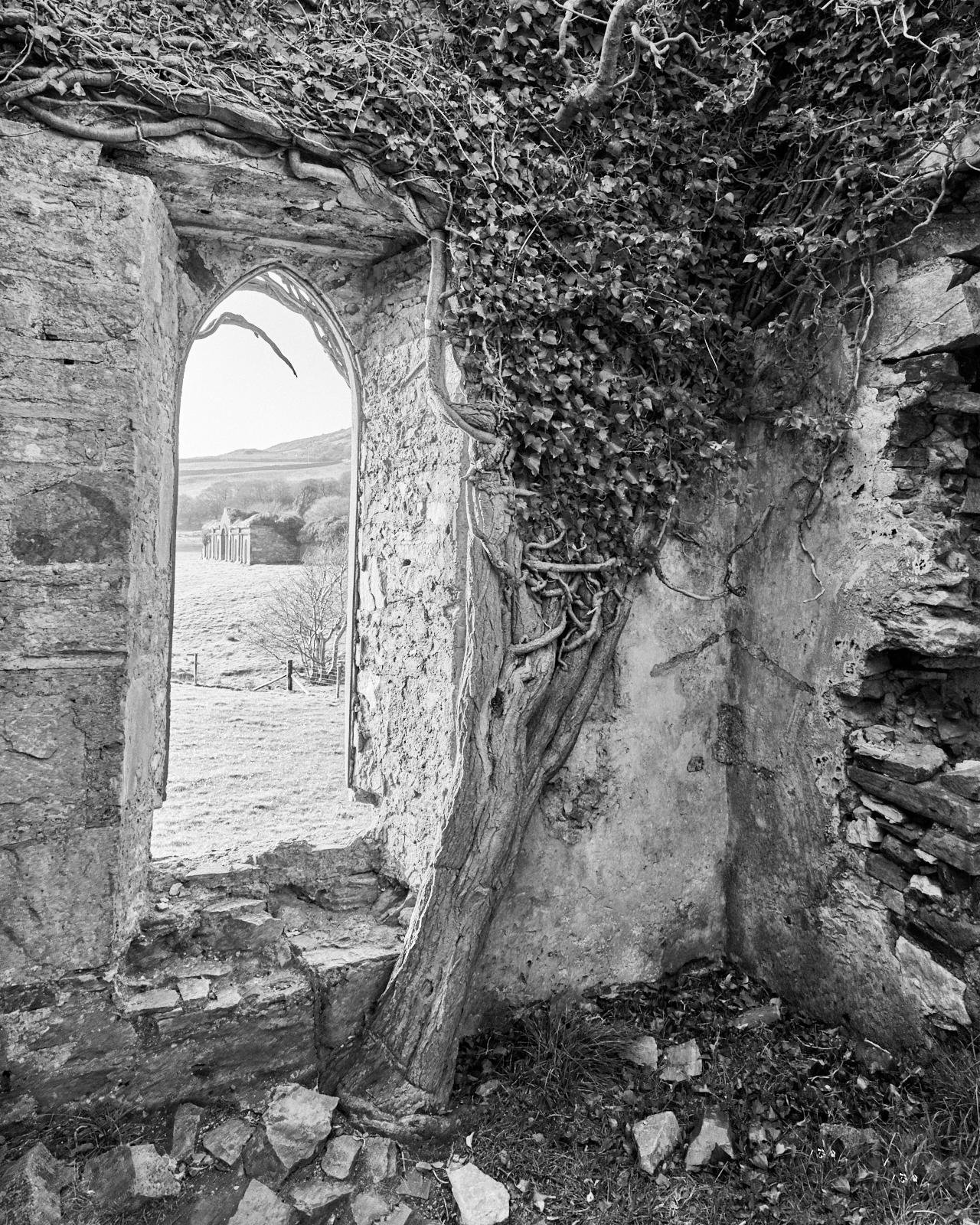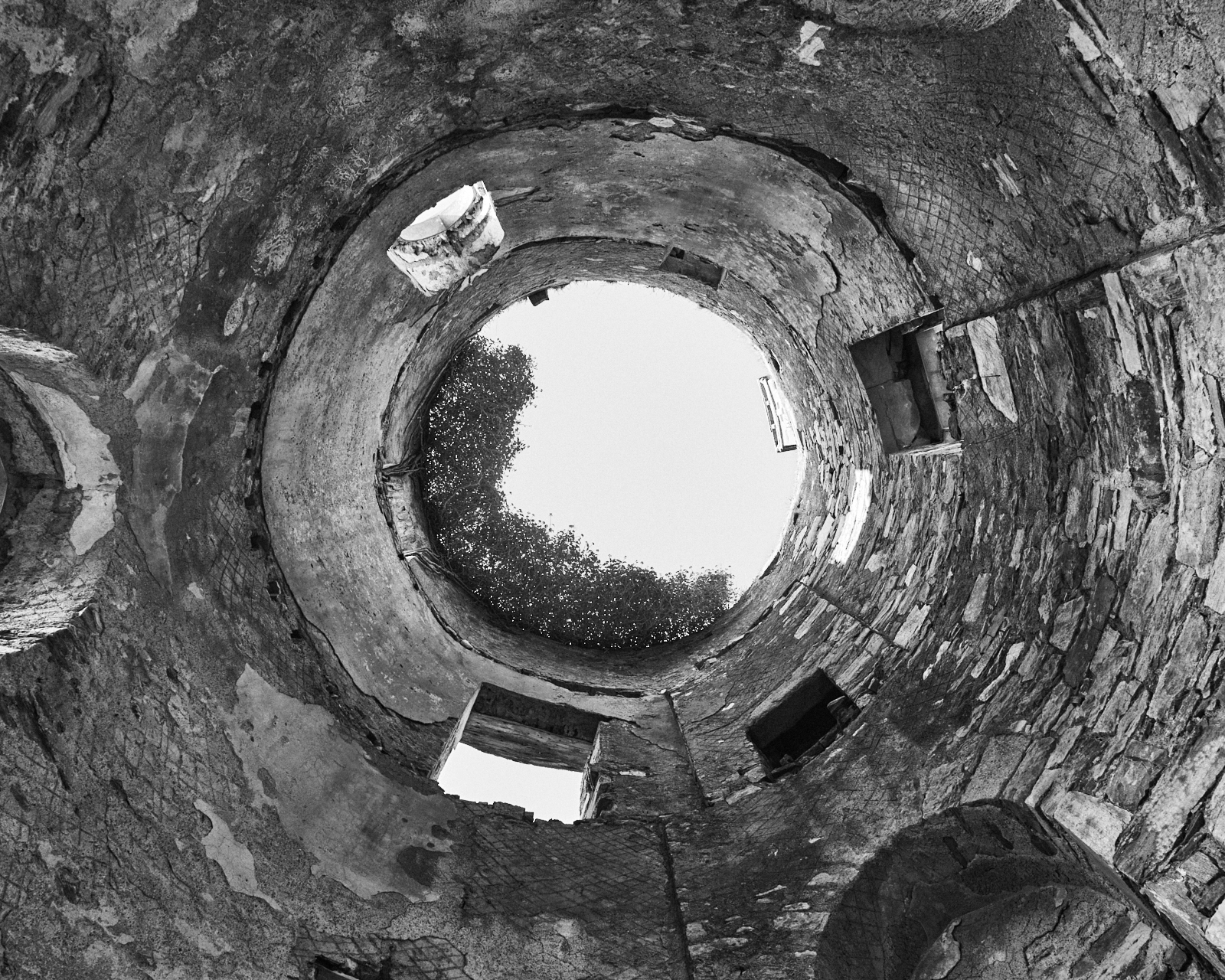I returned to a place I’ve visited before — remnants of an old corral quite literally just off the beaten path. While not particularly remote, it does require driving down a bumpy, dusty road and hiking an hour or so across a shadeless cross-country route. The time and physical exertion required would, I thought, limit the traffic, and the general “take only photographs and leave only footprints” attitude shared, I had hoped, by hikers and campers would limit damage.
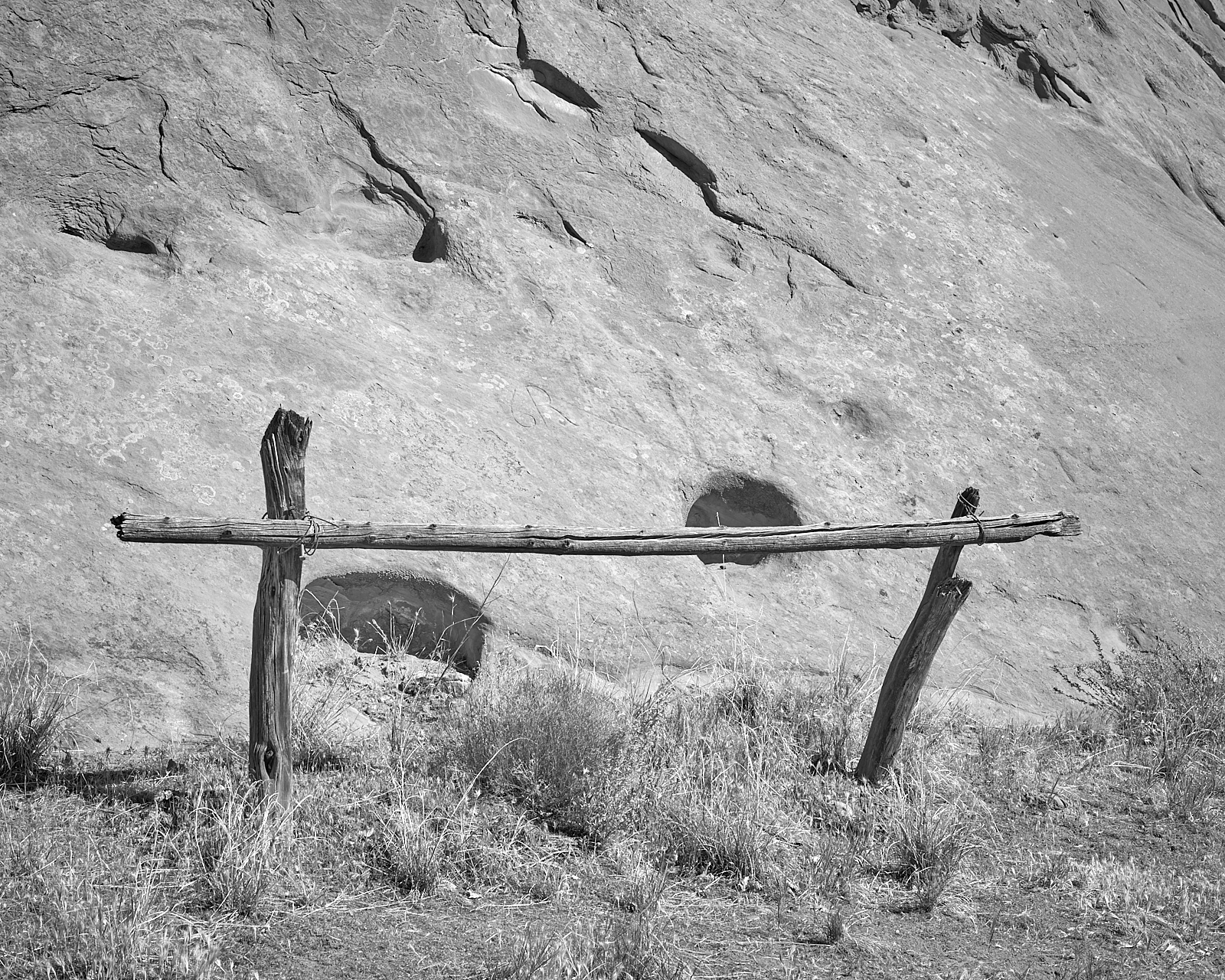
In two years, however, the beaten path has spread to include the old corral. For most people, there’s little reason to linger by this corral. It is not their destination and not really on the way. Yet clearly lots of people do wander over to it. So many that the vegetation no longer grows as it used to. And in addition to any photographs visitors have taken, somebody also seems to have taken one of the old corral posts.
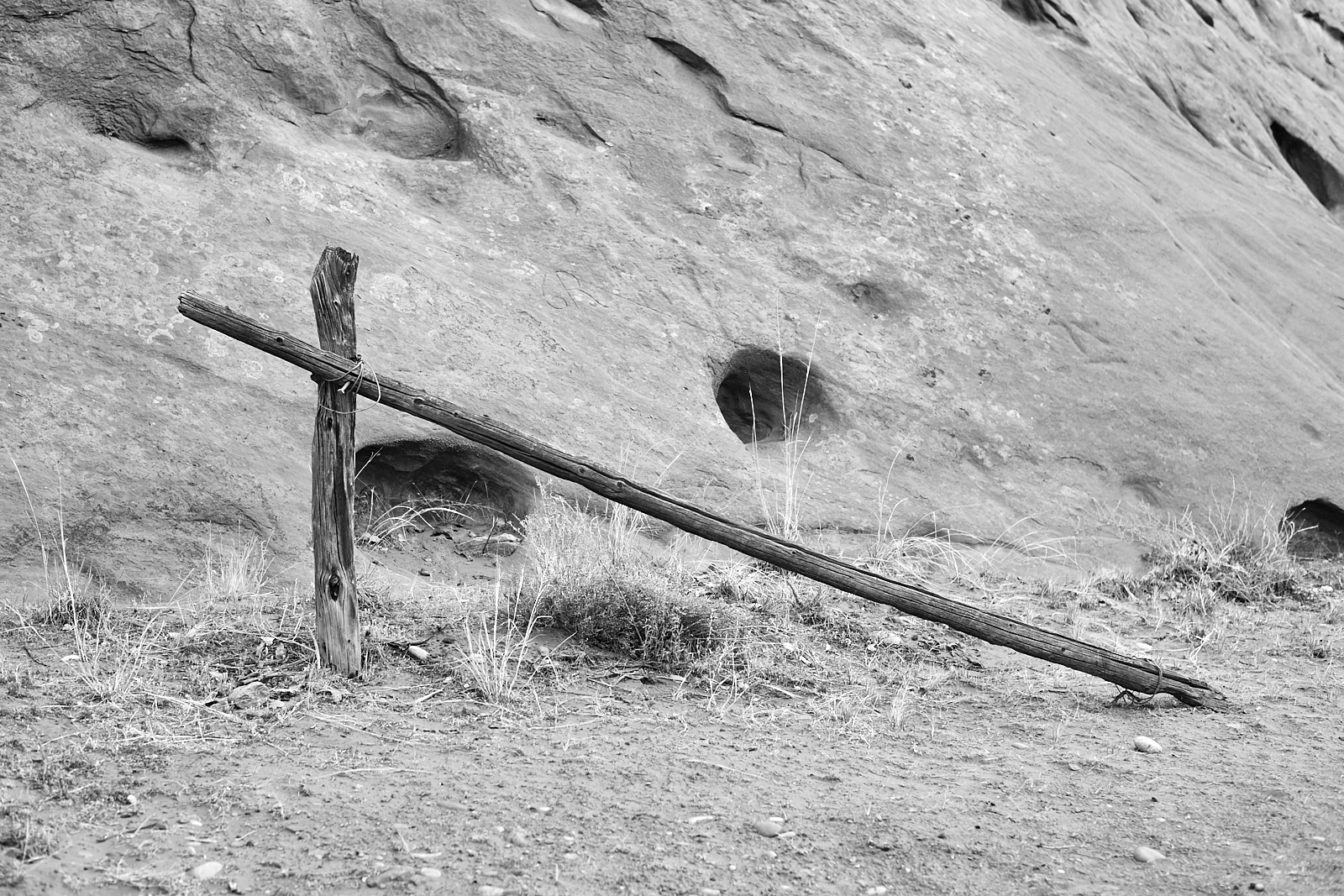
I stood in roughly the same spot when I took these photos, exactly two years apart. Whatever else photographs do, they can make visible the passage of time and our deleterious effects on ourselves and the world around us.
